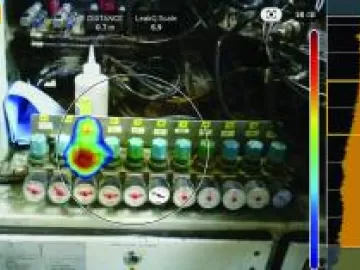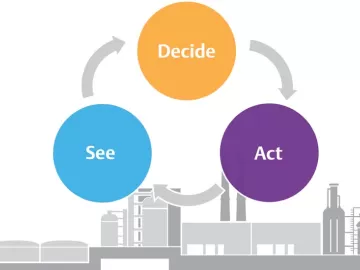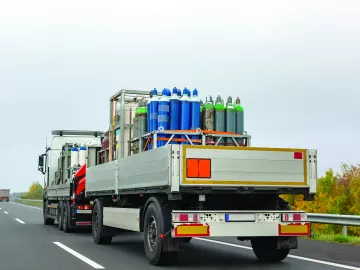Plastic Injection Molder Saves $53,000
This facility is part of a corporation producing molded plastic products. There are many injection and extrusion molding processes. The factory was spending \$94,934 annually on energy to operate their compressed air system. This system assessment detailed seven (7) project areas where yearly energy savings totaling \$53,191 could be found with a minimal investment of \$4,170.


 BC Hydro is a sponsor of Compressed Air Challenge and one of two Canadian utilities represented on the Board of Directors. BC Hydro’s Power Smart Compressed Air Optimization program helps customers assess how their air system is working, helps with project implementation costs and provides for onsite training of plant personnel. The following profiles tell how two of their customers discovered excellent savings through the application of low cost measures.
BC Hydro is a sponsor of Compressed Air Challenge and one of two Canadian utilities represented on the Board of Directors. BC Hydro’s Power Smart Compressed Air Optimization program helps customers assess how their air system is working, helps with project implementation costs and provides for onsite training of plant personnel. The following profiles tell how two of their customers discovered excellent savings through the application of low cost measures.








